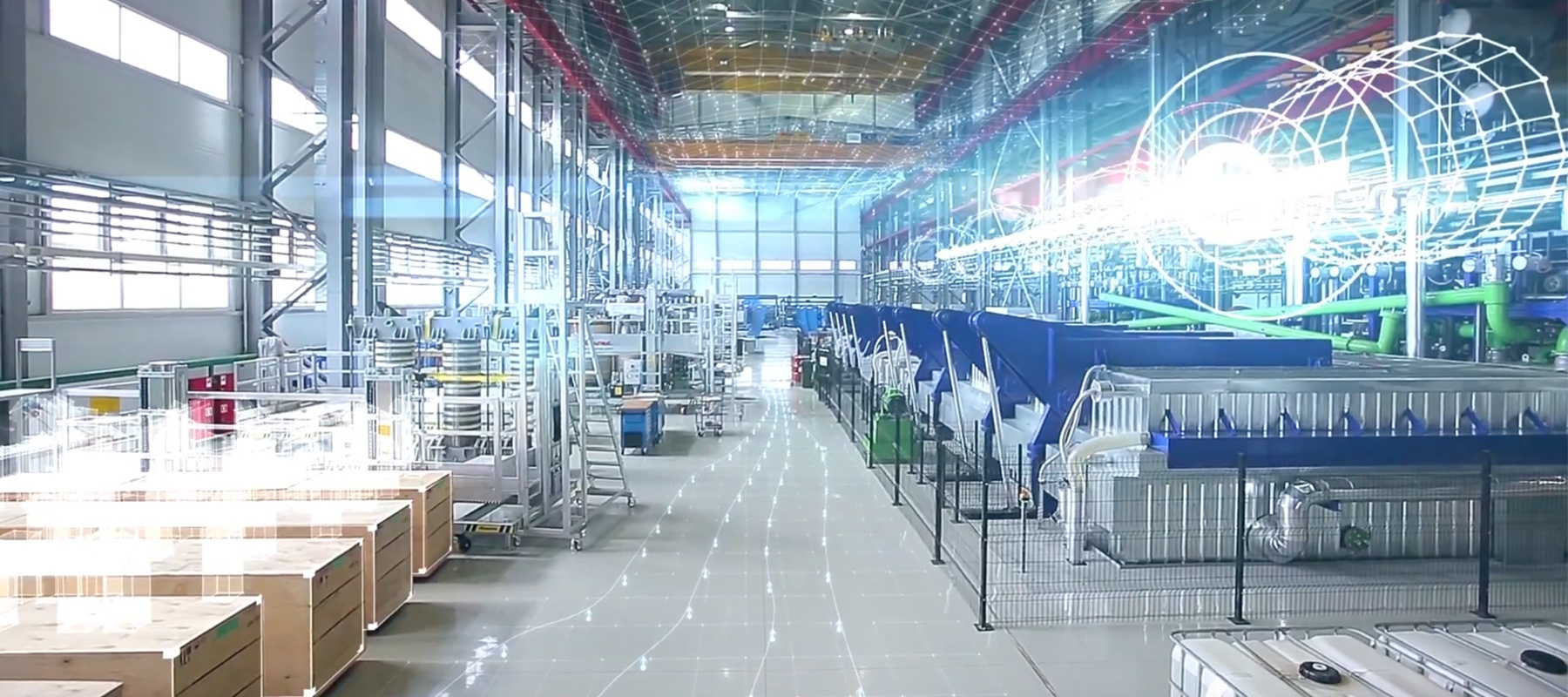Risk management is a discipline that has perhaps never been discussed as much as in the current COVID-19 crisis. As a consulting and contract logistics service provider, risk hedging is also an important part of consulting for MÜLLER | DIE LILA LOGISTIK. In addition to classic consulting and implementation of operational logistics processes, systematic approaches to effective risk management are also offered.
Risk management has become increasingly relevant in recent years and is an essential task of supply chain management, especially in times of the pandemic. The principles of risk management applied then as they do now with the same sequence: risk identification, risk analysis/assessment, and risk control. Supply chain risks are considered a real threat in the logistics industry.
Risk areas in logistics
In line with the breadth and depth of logistics projects, there is a greater or lesser spectrum of possible risks. We classify this multitude of risks into five risk areas: personnel, technology, interfaces to project partners in the supply chain, political and legal framework conditions and project implementation. In the case of process- and organization-oriented logistics projects, the risk areas for "personnel" and "technology" must beparticularly taken into account, while internationally oriented projects may be specifically affected by changing political or legal framework conditions.
Risk management process
When talking about risk management, 4 different phases are considered in order to systematically deal with risks and to control them as effectively as possible. In the first phase, all internal and external risks relevant to the logistics project are identified. In the second phase of the process, logistics risks are analyzed and considered quantitatively. The focus is on identifying problems that have a high probability of occurrence. The third phase focuses on the question of how to influence and control supply chain risks correctly. The aim is to develop and implement measures that reduce either the probability of occurrence and/or the impact of the damage. The risk management process concludes with phase four of risk control, whereby the identification process can begin anew in this control phase.
In general, and in relation to logistics projects, risk management is a continuous process which must be carried out not only on an ad hoc basis but also as regularly as possible.
Crisis as an opportunity
While crisis management is not a new challenge, the COVID-19 pandemic certainly is. But how does one make their supply network (supply chain) resilient enough to respond to a crisis? First, we distinguish three types of crises within the supply network. A Supply Crisis is probably the most acute type of crisis and refers primarily to procurement-side disruptions in the supply chain. Demand Crises refer to the sales-side effects of a crisis, where customers exhibit reduced demand. In addition to Supply and Demand Crises, a Cash Crisis is understood to be the classic impact of a financial crisis along the supply chain.
 Against the background of the effects of crises and the associated uncertainty, the question arises as to what conclusions can be drawn for one's own supply chain. In our opinion, it helps here to develop a concrete value system in the supply chain, at least in the medium term.
Against the background of the effects of crises and the associated uncertainty, the question arises as to what conclusions can be drawn for one's own supply chain. In our opinion, it helps here to develop a concrete value system in the supply chain, at least in the medium term.
Guiding Principles as a value system
We refer to such a value system as "Guiding Principles" to which the supply chain and the inbound concepts for our consulting customers are aligned. Our four Guiding Principles are Supply Network Navigation, Flexibility, Efficiency, and Ecology. The Guiding Principle "Supply Network Navigation" covers all tasks and issues that influence and define the basic course and essential structure of the supply chain. The factors of transparency, standardization, and competence form the central content of this Guiding Principle. The Guiding Principle of "Flexibility" has made it its task to understand the dynamic and complex environment of all supply chains and to always have the right Plan B ready. There is nothing more important than the constant adaptation to external and internal customer requirements and the simultaneous optimization of the value chain. Agility should not only be preached under this Guiding Principle but also lived. The Guiding Principle "Efficiency" refers to the question of how supply chains can meet customer requirements to the maximum while remaining as cost-effective as possible. The Guiding Principle "Ecology" ensures that all impacts on the environment should be in balance with our contributions to the environment. Once the appropriate value system has been defined for your supply network, the inbound concept is then aligned with them.
 In order to use the Guiding Principles correctly in supply chain decisions, we, at Lila Consult, have developed a standardized procedure for decisions, which identifies and prepares objectives, possible measures, and results via five steps. First of all, it is important to complete the value positioning/guiding principles of the future supply chain. After that, you should identify "rules" of the process design to be able to have a particular robustness along the supply chain. When determining the measures, in turn, you try to identify trends in the supply network and evaluate them (digitalization also applies here). It is particularly important for you to be able to apply the Guiding Principles to the individual possible measures and thus determine a value contribution for each measure. Finally, you will be able to prioritize the individual measures accordingly and define concrete innovation fields along your supply network.
In order to use the Guiding Principles correctly in supply chain decisions, we, at Lila Consult, have developed a standardized procedure for decisions, which identifies and prepares objectives, possible measures, and results via five steps. First of all, it is important to complete the value positioning/guiding principles of the future supply chain. After that, you should identify "rules" of the process design to be able to have a particular robustness along the supply chain. When determining the measures, in turn, you try to identify trends in the supply network and evaluate them (digitalization also applies here). It is particularly important for you to be able to apply the Guiding Principles to the individual possible measures and thus determine a value contribution for each measure. Finally, you will be able to prioritize the individual measures accordingly and define concrete innovation fields along your supply network.









